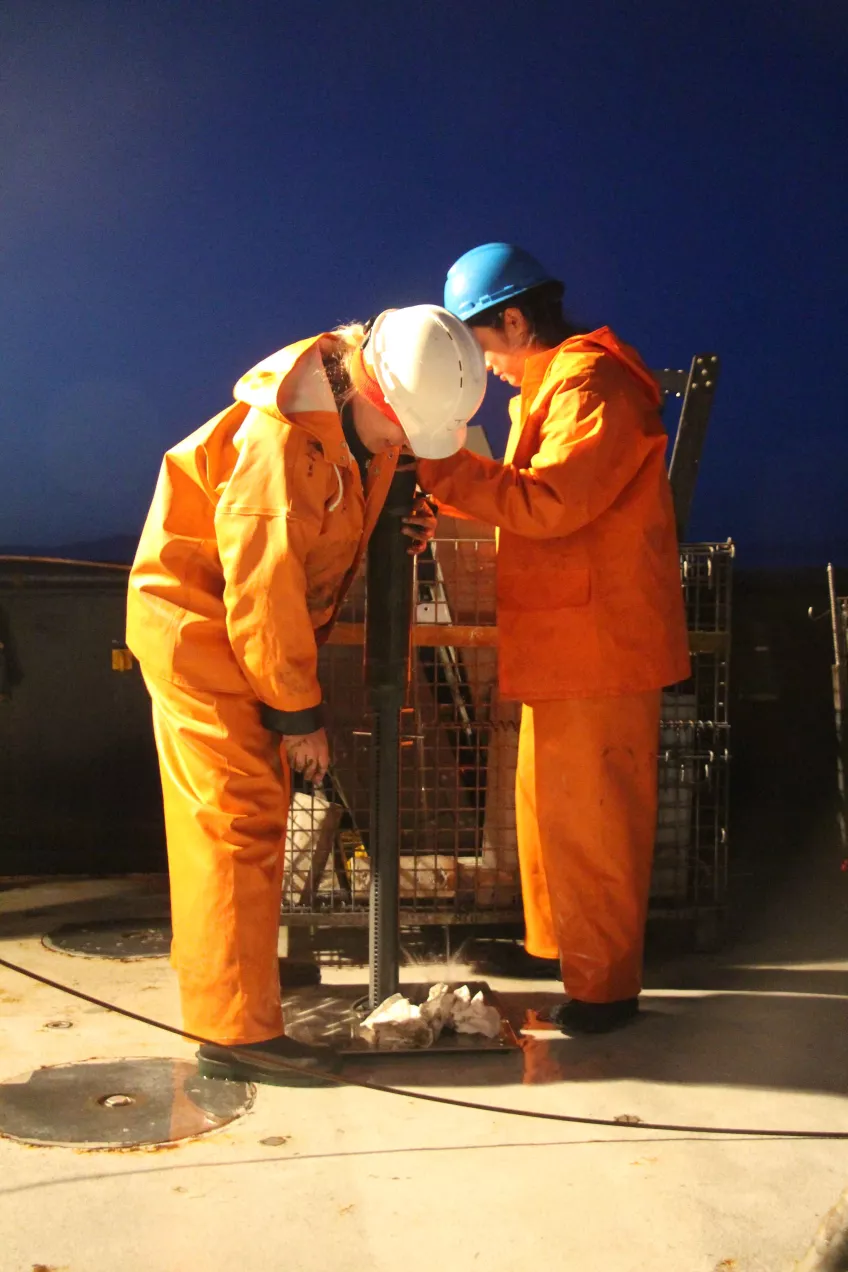Palaeoecology and palaeoclimatology
Within the research themes of palaeoecology and palaeoclimatology we primarily work throughout the Phanerozoic Eon, i.e. from the pre-Cambrian/Cambrian transition some 542 million years ago to the last geological epoch, the Holocene, in a range of terrestrial and marine environments across the globe. We investigate the taxonomic composition of various organism groups and their geochemistry in modern and fossil sediments. Integration of terrestrial and marine multi-proxy records allows reconstructions of key climatic parameters, such as temperature, moisture regime, and atmospheric/oceanic circulation patterns. There are three major research directions within this theme;
1) proxy calibration and evaluation together with quantification of uncertainty estimates,
2) generation of records with very high temporal and spatial resolution,
3) intensified integration of terrestrial and marine proxy data with modelling experiments.
This approach will lead to increased understanding of how climate change is expressed through global-scale teleconnections of the atmosphere and the ocean, and how climate dynamics are related to changes in the carbon cycle. Our research allows for the evaluation of hypotheses on mechanisms behind climatic and ecological turnovers and a better understanding of the processes involved.


